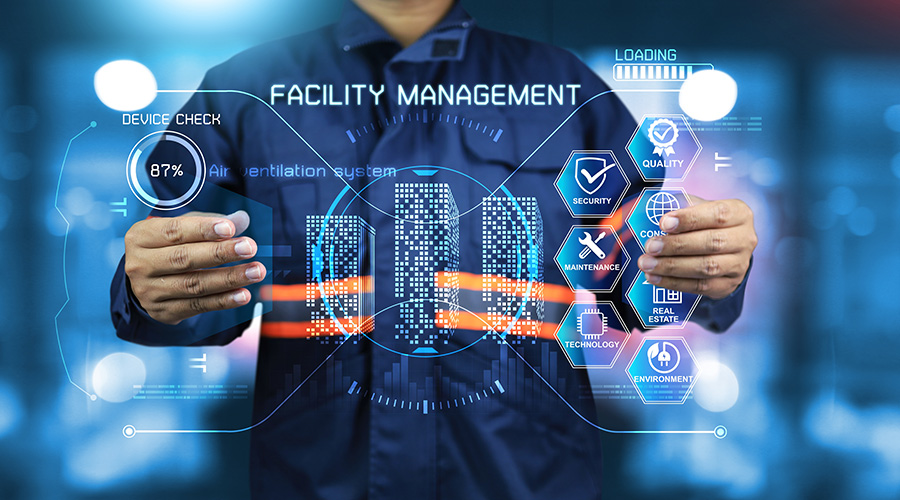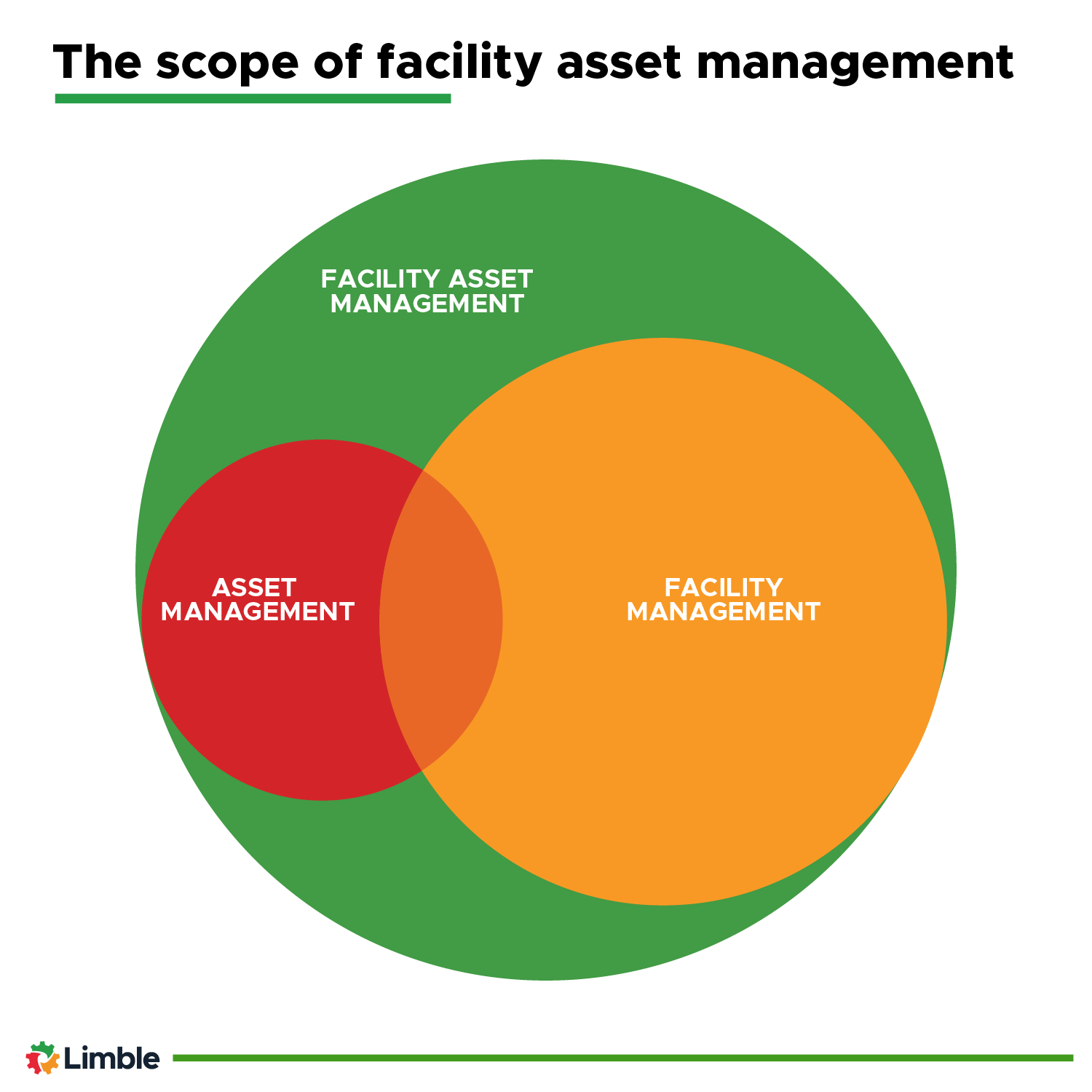Secret Fads Forming the Future of Center Management in 2024
As we look in advance to 2024, the landscape of center management is poised for significant makeover, driven by several crucial fads. The assimilation of smart structure innovations and a change in the direction of data-driven decision-making assurance to enhance operational efficiency while prioritizing sustainability in method. The introduction of crossbreed work designs is reshaping office environments, requiring ingenious style options that provide to progressing staff member demands. In the middle of these adjustments, the emphasis on passenger wellness continues to acquire traction, underscoring the relevance of a healthy work environment. How these fads will show up in practice stays a crucial inquiry for sector experts.
Smart Building Technologies

Smart structure technologies include a vast selection of systems, consisting of intelligent illumination, HVAC controls, and safety and security systems. By integrating these systems, center supervisors can check and readjust criteria in real-time, bring about significant reductions in energy waste and operational expenses. Wise sensors can spot tenancy levels and adjust lighting and temperature level as necessary, making sure that power is just utilized when necessary.
Moreover, these technologies promote boosted information collection, enabling organizations to track use patterns and recognize chances for additional enhancements. The implementation of clever structure technologies not just adds to sustainability goals yet also produces healthier work settings that can enhance worker productivity and contentment.
As we relocate into 2024, the fostering of wise building modern technologies will likely accelerate, reflecting a more comprehensive shift in the direction of more smart, receptive, and lasting facility monitoring methods.
Data-Driven Choice Making
Progressively, organizations are leveraging data-driven decision making to boost facility monitoring methods. By harnessing data analytics, center managers can obtain actionable insights that significantly enhance functional performance and source appropriation. The combination of sophisticated technologies, such as IoT sensing units and real-time surveillance systems, makes it possible for the collection of large amounts of data on building efficiency, occupancy rates, and energy intake.
This wide range of info allows center supervisors to identify fads, forecast maintenance demands, and proactively address problems before they intensify. Predictive analytics can forecast devices failings, decreasing downtime and fixing costs. Additionally, data visualization devices help with far better interaction amongst stakeholders, guaranteeing that notified choices are made collaboratively.
Moreover, data-driven techniques boost strategic planning by enabling facility managers to examine the performance of existing techniques and make educated selections pertaining to investments in technology or infrastructure. As organizations progressively prioritize operational excellence, data-driven decision making is poised to become a cornerstone of effective center monitoring approaches in 2024 and past. Inevitably, the capacity to utilize information properly will encourage organizations to develop more effective, effective, and durable facilities.
Sustainability and Environment-friendly Practices
The focus on data-driven decision making normally straightens with the expanding concentrate on sustainability and green techniques within center administration. As companies progressively prioritize ecological obligation, facility managers are leveraging analytics to maximize source usage, decrease waste, and decrease carbon impacts. This tactical approach enables the assimilation of energy-efficient systems, such as LED illumination, smart cooling and heating controls, and eco-friendly energy sources right into facility procedures.
Additionally, the implementation of lasting methods extends past energy intake. Facility supervisors are promoting and embracing eco-friendly materials recycling initiatives to produce a round economic situation within their centers. This not only improves the ecological account of the company but also promotes a society of sustainability among staff members.
Conformity with ecological guidelines is an additional important aspect driving the adoption of eco-friendly methods. By making use of data analytics, center a fantastic read supervisors can keep track of conformity metrics and recognize areas for enhancement, ensuring adherence to worldwide and local sustainability requirements.
Crossbreed Work Models
A considerable shift in the direction of hybrid work designs is improving the landscape of center monitoring in 2024. This paradigm incorporates in-office and remote work, necessitating a reevaluation of area application, source allocation, and worker interaction approaches. Organizations are increasingly recognizing the relevance of versatile workspaces that satisfy diverse requirements and choices.
Center supervisors have to adapt by applying versatile workplace designs that sustain collective initiatives while offering locations for focused job. This consists of the combination of technology to assist in seamless communication and cooperation among in-office and remote employees. Smart structure solutions, furnished with sensing units and analytics, permit real-time monitoring of area use, allowing organizations to enhance their settings effectively.
Moreover, crossbreed job versions stress the demand for efficient facility administration that focuses on staff member experience. In significance, the hybrid work model is revolutionizing facility management, encouraging an aggressive strategy to fulfill the progressing demands of the workforce.
Improved Occupant Health
As companies accept hybrid work designs, a heightened emphasis on occupant wellness is coming to be integral to center administration techniques. Facility Management. This shift acknowledges that a completely satisfied and healthy and balanced workforce straight affects productivity and retention prices. Facility managers are now focusing on atmospheres that advertise mental and physical wellness, integrating components such as natural lighting, biophilic layout, and available wellness resources

Modern technology plays an essential function in this evolution. Smart structure systems can check ecological variables and readjust setups in real-time, making certain optimum convenience degrees - Facility Management. Comments mechanisms, such as occupancy sensors and staff member studies, enable facility supervisors to continuously fine-tune wellness initiatives based on occupant demands.

Conclusion
In 2024, the future of center management will certainly be significantly affected by the assimilation of smart structure innovations and data-driven decision-making, cultivating improved operational performance. Sustainability efforts will prioritize eco-friendly methods, while the appearance of crossbreed work designs will certainly demand flexible workplace layouts. In addition, an increased focus on occupant health via advanced a/c systems his response and biophilic layout will certainly add to much healthier job environments. These patterns jointly emphasize the advancing landscape of center management in response to contemporary challenges and opportunities.
Facility managers are adopting eco-friendly products and advertising recycling campaigns to produce click resources a circular economy within their facilities.A substantial change towards crossbreed job designs is reshaping the landscape of facility monitoring in 2024.Additionally, hybrid job designs emphasize the demand for reliable facility monitoring that prioritizes employee experience.As companies accept hybrid work models, a heightened emphasis on resident health is ending up being integral to center management methods.In 2024, the future of facility management will certainly be substantially influenced by the combination of smart structure innovations and data-driven decision-making, fostering enhanced functional effectiveness.